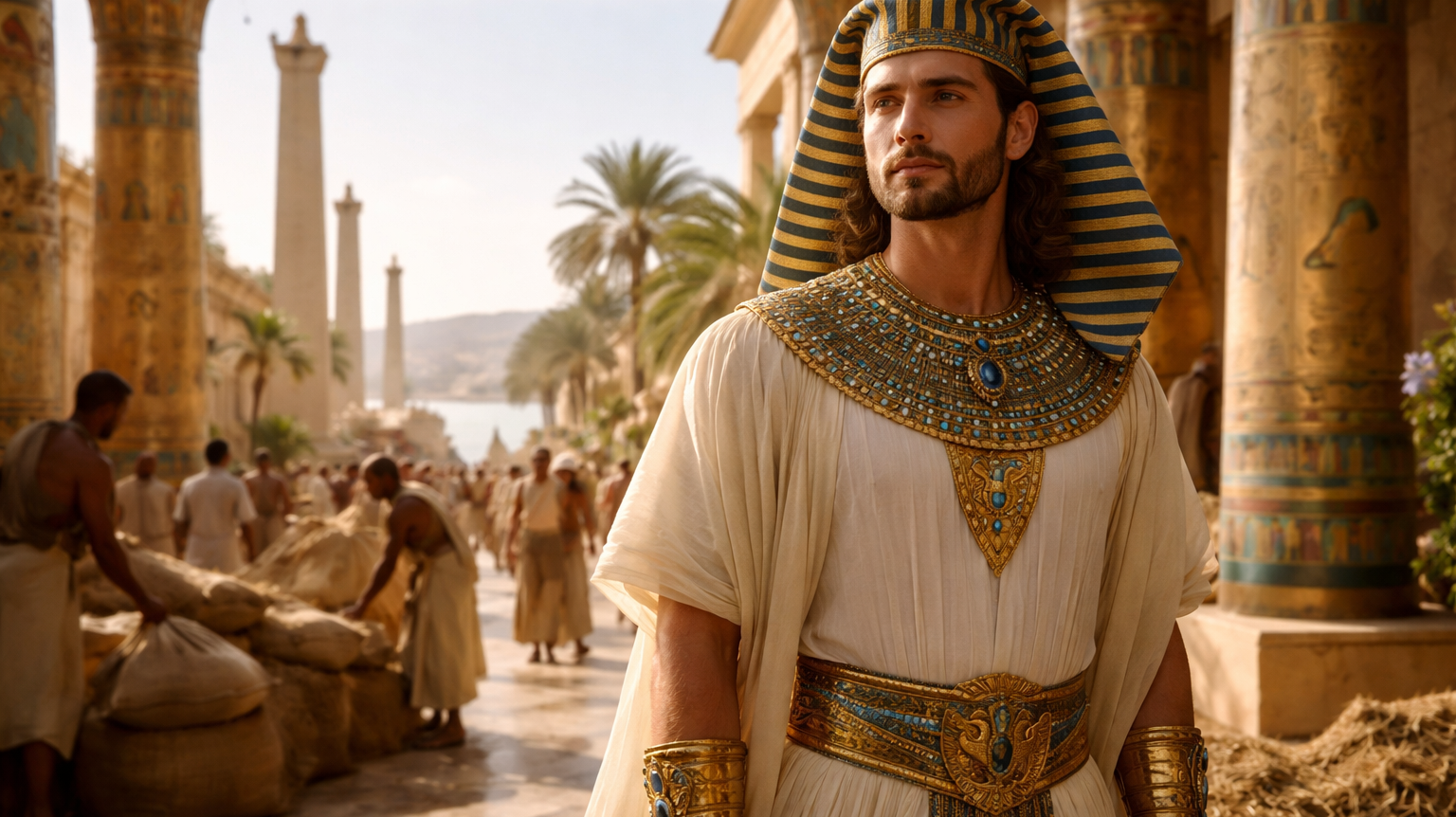Salome, a figure mentioned in the New Testament, is known for her connection to some pivotal events in the Gospels. While her presence is not as prominent as some other biblical figures, Salome’s role holds significance in the unfolding narrative of Christ's life and death. Let’s look at 10 interesting facts about Salome, highlighting her influence and story.
1. Salome Was the Daughter of Herodias
Salome was the daughter of Herodias, the wife of Herod Antipas, the ruler of Galilee and Perea. Herodias' marriage to Herod was controversial because Herodias had previously been married to Herod's brother, Philip. This marriage was condemned by John the Baptist, which would eventually lead to tragic events later involving Salome.
Mark 6:22: "When the daughter of Herodias came in and danced, she pleased Herod and his dinner guests."
2. Salome’s Dance Led to John the Baptist’s Death
Salome is most famously remembered for her dance before Herod Antipas during a feast. Her performance so pleased the king that he promised to give her anything she wished, up to half of his kingdom. At the prompting of her mother, Herodias, Salome requested the head of John the Baptist, leading to his beheading.
Mark 6:23-25: "The king said to the girl, 'Ask me for anything you want, and I’ll give it to you.'... She went out and said to her mother, 'What shall I ask for?' 'The head of John the Baptist,' she answered."
3. Salome's Request for John’s Head Was a Cruel Act of Revenge
Herodias, Salome’s mother, held a deep grudge against John the Baptist because of his criticism of her marriage to Herod. The request for John’s head was a means of exacting revenge against the prophet who had condemned her relationship. Herod, though reluctant, felt trapped by his public promise.
Mark 6:24-25: "She went out and said to her mother, 'What shall I ask for?' 'The head of John the Baptist,' she answered."
4. Salome’s Dance is Seen as a Symbol of Temptation
In Christian theology, Salome’s dance is often viewed as a symbol of temptation and the destructive power of vanity and lust. Her dance pleased Herod, but ultimately led to the unjust death of John the Baptist. This event highlights how desires driven by selfish ambition can lead to tragic consequences.
Matthew 14:6-7: "On Herod’s birthday, the daughter of Herodias danced for them and pleased Herod so much that he promised with an oath to give her whatever she asked."
5. Herod Was Reluctant but Bound by His Oath
Herod’s reaction to Salome’s request for John’s head reveals his internal struggle. He was greatly distressed by the idea of killing John, whom he had heard and respected, but was unwilling to go back on his public oath in front of his guests. This reflects his weakness and fear of losing face.
Mark 6:26: "The king was greatly distressed, but because of his oaths and his dinner guests, he did not want to refuse her."
6. Salome’s Role Was Key in the Fulfillment of Prophecy
John the Baptist's death was part of the larger narrative that pointed toward the eventual sacrifice of Jesus Christ. The actions of Salome, though seemingly small in the grand scheme of the gospel story, helped fulfill the prophecy regarding the martyrdom of God’s messengers.
Matthew 14:10-11: "He ordered that her request be granted and had John beheaded in the prison."
7. Salome Was an Important Figure in Early Christian Art
Salome’s story has been depicted in early Christian art, especially in representations of her dance and the beheading of John the Baptist. She is often portrayed as a tragic figure, symbolizing the dangers of unchecked ambition and the consequences of seeking revenge.
Matthew 14:11: "His head was brought in on a platter and given to the girl, who carried it to her mother."
8. Salome’s Story Has Been the Subject of Many Interpretations
The story of Salome and her dance has been interpreted in various ways throughout Christian history. Some see it as a tale of moral failure, while others view it as a commentary on the power of women in biblical narratives. The figure of Salome has inspired numerous plays, paintings, and even operas.
Mark 6:22-23: "When the daughter of Herodias came in and danced, she pleased Herod and his dinner guests."
9. Salome is Also Associated with the Crucifixion of Jesus
Although her role in the passion of Christ is not direct, Salome is sometimes linked to the women who were present at Jesus' crucifixion. It is believed that she was one of the women who witnessed the event and later visited Jesus' tomb.
Mark 15:40: "Some women were watching from a distance. Among them were Mary Magdalene, Mary the mother of James the younger and of Joseph, and Salome."
10. Salome’s Story Contributes to Herod's Wicked Reputation
Herod Antipas, her stepfather, is often remembered for his involvement in the death of both John the Baptist and Jesus. Salome’s request for John’s death further tarnished Herod’s reputation, contributing to his association with cruelty and injustice.
Matthew 14:9-10: "The king was distressed, but because of his oaths and his dinner guests, he ordered that her request be granted."
























